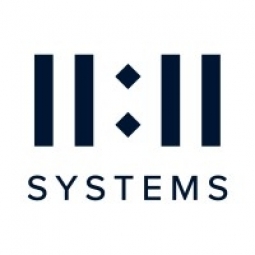Customer Company Size
Large Corporate
Region
- America
Country
- United States
Product
- iland Enterprise Cloud Services – Advanced Security
Tech Stack
- Microsoft Exchange
Implementation Scale
- Enterprise-wide Deployment
Impact Metrics
- Cost Savings
- Productivity Improvements
Technology Category
- Infrastructure as a Service (IaaS) - Cloud Computing
Applicable Industries
- Food & Beverage
Applicable Functions
- Business Operation
Services
- System Integration
About The Customer
JAE group is a company that owns and operates a growing number of Wendy’s franchises across the American south. With over 5,000 employees in 177 restaurants and remote locations, the company strives to maintain strong leadership, effective management and a high-quality dining experience. While much of the restaurant business is managed at the local level, with well-prepared meals and clean, appealing venues, the back-end IT systems are critical to keeping the entire company in lock-step, operationally. The company was using third-party services to host critical systems like email, which was proving to be a costly affair due to the pricing models of these services.
The Challenge
JAE group, a company that owns and operates a growing number of Wendy’s franchises across the American south, was facing a significant challenge. The company was using third-party services to host critical systems like email. However, due to the pricing models of these services, the company was paying per employee. With thousands of people on payroll, all of whom needed basic email and communications tools, this resulted in a remarkably high bill for JAE group. The company's IT group was already taxed and didn't need to host email for a geographically-diverse set of users. They also needed to ensure the system was secure and had high availability and backup built in.
The Solution
Rob Pham, Director of IT at JAE group, reached out to iland, a company he had worked with at a past company. iland had added security to its cloud offering, so the solution that made sense was the iland Secure Cloud platform. This platform baked in many of the capabilities that were needed to ensure the security and resilience of the application. For proper due diligence and to ensure he was getting the right price, Pham reached out to a few cloud vendors to compare service and cost. iland proved most cost-effective and included things like backup and support in the pricing. The process of defining what he needed and on-boarding his application was smooth and rapid. Running in the Dallas location, his users across the south have reliable access to Microsoft Exchange for a far lower cost than before.
Operational Impact
Quantitative Benefit

Case Study missing?
Start adding your own!
Register with your work email and create a new case study profile for your business.
Related Case Studies.

Case Study
The Kellogg Company
Kellogg keeps a close eye on its trade spend, analyzing large volumes of data and running complex simulations to predict which promotional activities will be the most effective. Kellogg needed to decrease the trade spend but its traditional relational database on premises could not keep up with the pace of demand.
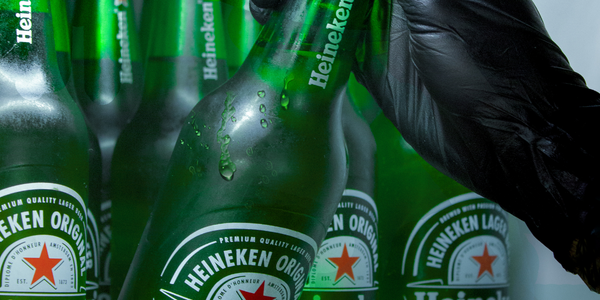
Case Study
HEINEKEN Uses the Cloud to Reach 10.5 Million Consumers
For 2012 campaign, the Bond promotion, it planned to launch the campaign at the same time everywhere on the planet. That created unprecedented challenges for HEINEKEN—nowhere more so than in its technology operation. The primary digital content for the campaign was a 100-megabyte movie that had to play flawlessly for millions of viewers worldwide. After all, Bond never fails. No one was going to tolerate a technology failure that might bruise his brand.Previously, HEINEKEN had supported digital media at its outsourced datacenter. But that datacenter lacked the computing resources HEINEKEN needed, and building them—especially to support peak traffic that would total millions of simultaneous hits—would have been both time-consuming and expensive. Nor would it have provided the geographic reach that HEINEKEN needed to minimize latency worldwide.

Case Study
Energy Management System at Sugar Industry
The company wanted to use the information from the system to claim under the renewable energy certificate scheme. The benefit to the company under the renewable energy certificates is Rs 75 million a year. To enable the above, an end-to-end solution for load monitoring, consumption monitoring, online data monitoring, automatic meter data acquisition which can be exported to SAP and other applications is required.
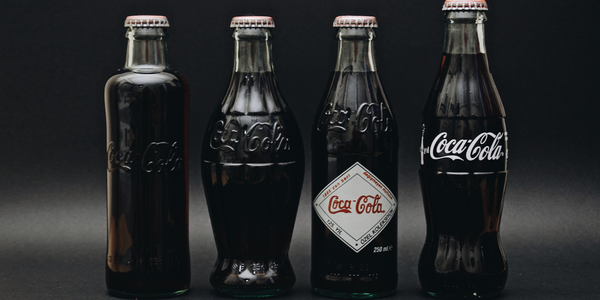
Case Study
Coca Cola Swaziland Conco Case Study
Coco Cola Swaziland, South Africa would like to find a solution that would enable the following results: - Reduce energy consumption by 20% in one year. - Formulate a series of strategic initiatives that would enlist the commitment of corporate management and create employee awareness while helping meet departmental targets and investing in tools that assist with energy management. - Formulate a series of tactical initiatives that would optimize energy usage on the shop floor. These would include charging forklifts and running cold rooms only during off-peak periods, running the dust extractors only during working hours and basing lights and air-conditioning on someone’s presence. - Increase visibility into the factory and other processes. - Enable limited, non-intrusive control functions for certain processes.
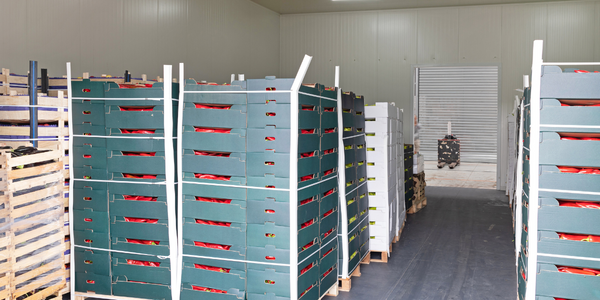
Case Study
Temperature Monitoring for Restaurant Food Storage
When it came to implementing a solution, Mr. Nesbitt had an idea of what functionality that he wanted. Although not mandated by Health Canada, Mr. Nesbitt wanted to ensure quality control issues met the highest possible standards as part of his commitment to top-of-class food services. This wish list included an easy-to use temperature-monitoring system that could provide a visible display of the temperatures of all of his refrigerators and freezers, including historical information so that he could review the performance of his equipment. It also had to provide alert notification (but email alerts and SMS text message alerts) to alert key staff in the event that a cooling system was exceeding pre-set warning limits.
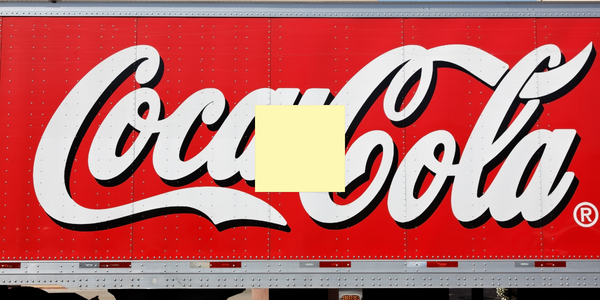
Case Study
Coca-Cola Refreshments, U.S.
Coca-Cola Refreshments owns and manages Coca-Cola branded refrigerators in retail establishments. Legacy systems were used to locate equipment information by logging onto multiple servers which took up to 8 hours to update information on 30-40 units. The company had no overall visibility into equipment status or maintenance history.




